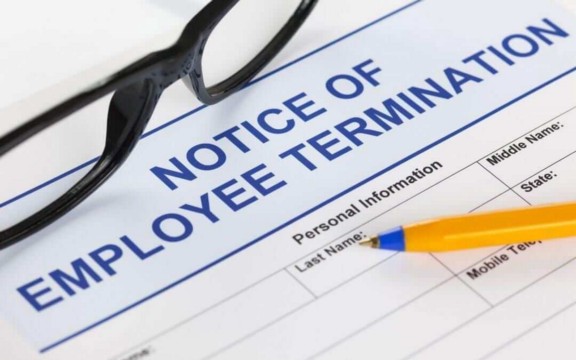Contrary to popular belief, managers’ biggest nightmare is not screening resumes or filling out piles of paperwork. What managers dread the most is firing an employee for poor performance. Time and time again I have been told by my fellow colleagues that “every termination meeting is so stressful and the feelings of guilt and uncertainty are overwhelming”.
Surely, firing an employee is an emotional experience and it’s normal to feel anxious and guilty. On top of everything, you need to make sure that everything is legally and ethically correct. Luckily, there are some things you can do to properly fire an employee.
In my experience, keeping poor performers on the team is worse than finding the courage to fire an employee. Here’s what you should do:
Make Sure You’re Firing Them Legally
Before you fire an employee, make sure your actions are legal. Did the employee sign a contract? Can you terminate their contract at any time?
These are some things to be aware of:
- If your employee is employed at-will, then you can terminate their employment at any time.
- It’s illegal to fire an employee because of their age, race, religion, sex, national origin, or disability that does not influence their job performance.
- It’s illegal to fire an employee for taking medical leave.
- If your employee has signed a contract with your business, you cannot fire them for reasons not listed in the contract.
Never fire an employee without a warning. Make sure you’re tracking their performance and have these records with you during the termination meeting. You should also include any warnings you have delivered to them or other mentoring details.
What’s more, draw up a termination letter before the meeting and have a lawyer review it. Hand it over to the employee after you’ve delivered the bad news.

Provide Your Most Honest Feedback
There’s no need to sugarcoat things. The employee should know the honest reason for their termination. Avoid giving unnecessary information as this can create more questions than answers for the employee. I always have a script with bullet points prepared before any meeting to make sure I don’t forget to disclose a piece of vital information.
Most importantly, after you provide your most honest feedback, allow the employee to speak and ask questions. They might have some questions about their performance reviews and want to discuss what exactly went wrong.
If you think that their level of experience is lower than what is expected at the job, let them know. Or if their work style is unsuitable for the company. Even if you think that their skills could be more appropriate in a different profession, tell them your most honest opinion. This might help them with their future career.

Clarify the Details of the Termination
After you communicate the bad news to the employee and hear what they have to say, you should clarify the details of the termination. You should:
- Make clear the effective date of termination.
- Clarify your severance policy.
- Let them know when the final paycheck would be paid.
- Ask them to return any valuable company property, such as door pass, key, badge, laptop, or other equipment.
- Let them know that their access to work systems will be cut off.
Final Word
The final step in your employment termination “Odyssey” should be thanking the employee for their services. Wish them good luck in their future endeavors and say you’re sorry that things didn’t work out differently. Remain professional throughout the process, even though you’re overwhelmed by guilt and low spirits.










